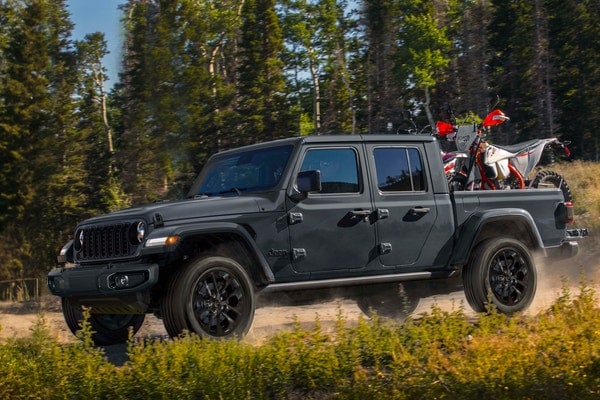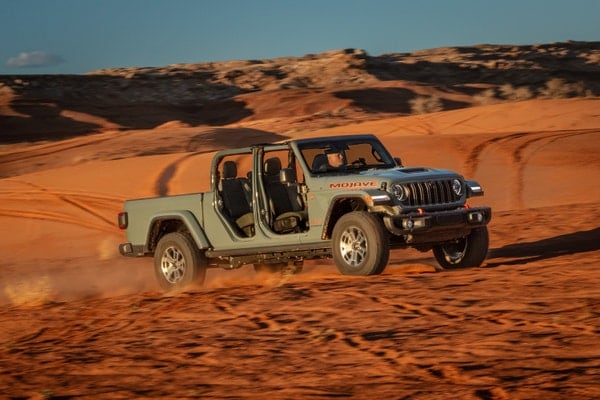Used 2017 Jeep Cherokee High Altitude SUV Review
Consumer reviews
There are no consumer reviews for the 2017 Jeep Cherokee High Altitude SUV.
Edmunds Summary Review of the 2017 Jeep Cherokee High Altitude SUV
Pros & Cons
- Pro:Available V6 engine provides smooth and assertive power
- Pro:Absorbent suspension smooths out rough surfaces
- Pro:Capable and user-friendly 8.4-inch touchscreen on many models
- Pro:Trailhawk offers unique off-road capability for a small crossover
- Con:Sluggish acceleration with four-cylinder engine
- Con:Less cargo capacity than other small crossovers
Full Edmunds Review: 2017 Jeep Cherokee SUV
Driving
The 2017 Cherokee is on the heavy side for this segment, which is why the four-cylinder engine can feel sluggish despite its competitive horsepower and torque. This engine also has a more raucous sound than some other four-cylinders in this class. We really like the V6 engine, though; it gives the 2017 Cherokee a relaxed, refined demeanor not found in the typical four-cylinder SUV. There's plenty of power, too, and the nine-speed automatic feels more at home in this pairing. With either engine, though, that transmission can be a bit reluctant to downshift once you're cruising on the highway.
The Cherokee is exceptionally quiet for this class at elevated speeds, and over rough city streets it provides about as cushy a ride as you'll find for the money. The downside is that the Jeep feels rather ponderous when going around turns. Its steering is precise, but there's nothing like the sportiness that segment standouts such as the Ford Escape and Mazda CX-5 bring to the table. All Cherokees have solid off-road potential if one of the 4WD systems is specified, but it's the Cherokee Trailhawk that stands out for its trail-conquering ability. If you have the inclination, the Trailhawk can take on some pretty serious terrain, thanks to its low-range gearing, rear locking differential and other exclusive off-roading equipment.
Interior
The cabin of the 2017 Jeep Cherokee has a quality look and feel, especially on upper trim levels. The available Uconnect 8.4-inch touchscreen isn't the freshest system in this class anymore, but it's still wholly satisfying thanks to easy-to-navigate menus, large virtual buttons and an accompanying knob that makes whipping through long lists a breeze. It's certainly worth the extra cost if you can make the jump out of the Sport.
Passenger quarters are generous in the 2017 Jeep Cherokee. It's easy to get comfortable in the available power driver seat, which offers ample adjustability, but we also like that even the manual front seats come standard with height adjustments for both driver and passenger. The Cherokee also features one of the better backseats in the compact crossover class. Not only does it recline, but it also provides for fore-and-aft adjustment, and the high-mounted bench supports adults' thighs without pushing their heads into the rafters.
Alas, cargo capacity is unimpressive. There's just 24.6 cubic feet of space behind the second row and 54.9 cubic feet with the rear seatbacks folded down. Both figures are 5 to 15 cubic feet less than what most other small crossover SUVs offer; indeed, they're closer to the norm in the smaller subcompact crossover class. Another drawback is the lack of useful storage space up front for personal effects.
Edmunds Insurance Estimator
The Edmunds TCO® estimated monthly insurance payment for a 2017 Jeep Cherokee in Ohio is:
not available


